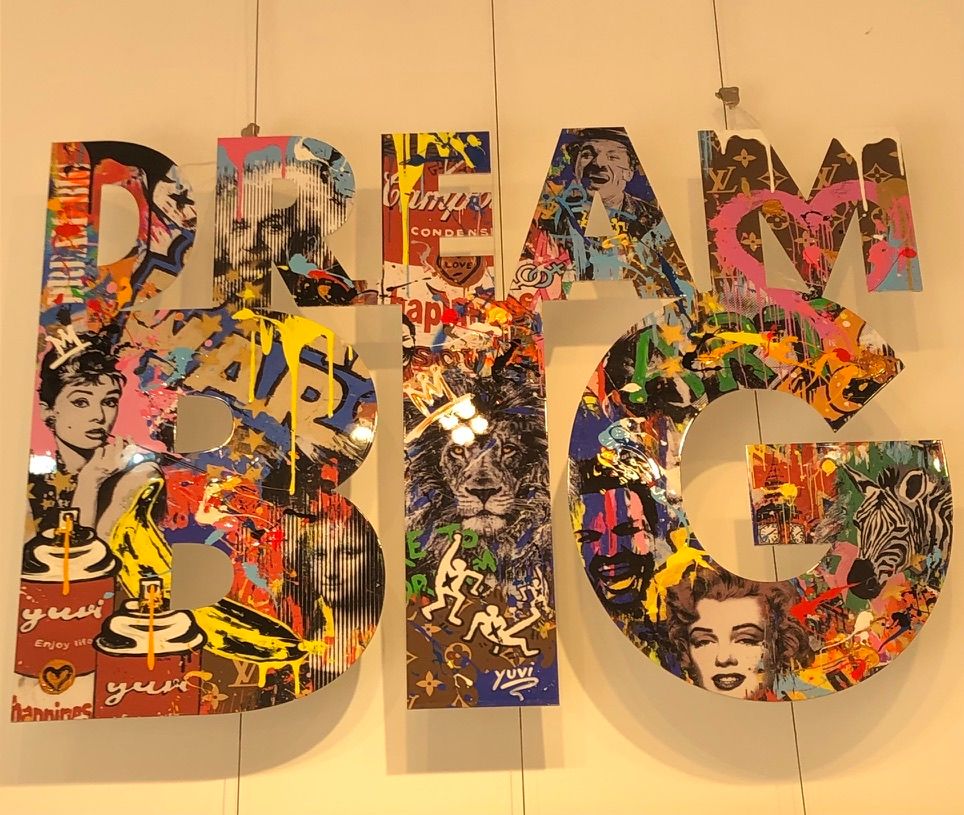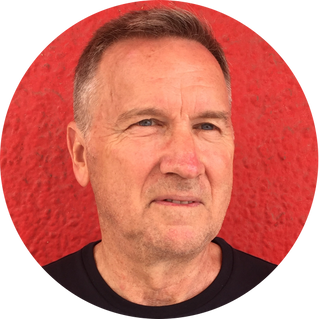Katalin Karikó, The Nobel Prize, & The Tall Poppy Syndrome

"Those who can, do; those who cannot, tall poppy."
Author
A paper by Francis Crick and James Watson in Nature (1953) laid the groundwork for understanding DNA structure and functions. They, along with Maurice Wilkins, were awarded the 1962 Nobel Prize in Physiology or Medicine "for their discoveries concerning the molecular structure of nucleic acid and its significance for information transfer in living material."
Their work was the summation of work initiated in the late 1860s by Swiss chemist Friedrich Miescher. They were at the right place, at the right time, and were able to synthesize all the previous work into a new model. Steve Jobs did a similar feat with the computer. It is no small task and involves a tectonic shift in mindset.
DNA. Deoxyribonucleic acid (DNA) is a group of atoms bonded together (molecule) that carries the genetic information for the function and growth of an organism. DNA is made of two linked strands that wind around each other like a twisted ladder — a "so-called" double helix. Most of it is located in the nucleus of the cell.
RNA. Ribonucleic acid is present in all living cells. Its principal responsibility is transporting commands from DNA and directing the synthesis of proteins. In some viruses, RNA rather than DNA carries the genetic information.
Vaccine: A preparation that is used to stimulate the body’s immune response against diseases. Inactivated - use the killed version of the germ that causes a disease (flu). Live - use a weakened (or attenuated) form of the germ that causes a disease (measles). Subunit, recombinant, polysaccharide, and conjugate - use specific pieces of the germ (whooping cough). Toxoid - use a toxin (harmful product) made by the germ that causes a disease (tetanus).
Katalin Karikó grew up in a small home in Hungary without running water, a refrigerator, or a television. Her father was a butcher, and her mother was a bookkeeper. Karikó obtained her Ph.D. in biochemistry in 1982 from the University of Szeged. She continued her postdoctoral research at the Institute of Biochemistry, Biological Research Center of Hungary but her lab lost funding in 1985.
She moved to Philadelphia in 1985 and served as a postdoctoral fellow at Temple University until 1988. There she participated in a clinical trial in which patients were treated with double-stranded RNA (dsRNA) - novel or groundbreaking research.
In 1988, she committed a mortal sin. She left Temple for John Hopkins University potentially committing academic espionage. In an act of revenge (TPS), her Temple advisor told her he would have her deported if she took the job and reported her to the U.S. immigration authorities. By the time the situation was resolved, Hopkins had rescinded their offer.
Karikó was now toxic but finally found a kindred spirit who hired her at the Uniformed Services University of Health Sciences in Bethesda, MD in 1988. A new opportunity presented itself in 1989 when she was hired by the University of Pennsylvania to work on messenger RNA(mRNA). As an adjunct professor at the Perelman School of Medicine at the University of Pennsylvania, she submitted her first grant application in which she proposed establishing mRNA-based gene therapy. (Adjunct positions are frequently part-time, and offer no benefits or a tract to tenure - usually research and teaching appointments.)
Her early research gained support and she obtained a full-time position with a chance for professorship and tenure. However, double-stranded DNA was more stable compared to the single-stranded mRNA which was very unstable and difficult to manipulate. Research grants drifted towards more predictable DNA experiments; mRNA grants disappeared to include Karikó's. "Publish or Perish" is one of medicine's tacit mantras. She could leave Penn or be demoted which she accepted (TPS).
In 1997, Drew Weissman, a professor of immunology, arrived at Penn and a collaboration began. Not only was mRNA unstable, but therapeutic use led to inflammatory reactions. While using transfer RNA(tRNA) in a control experiment they noted that tRNA did not provoke an inflammatory response. This led to chemical modification of mRNA which prevented the inflammatory reaction. The molecule could now get into cells to create proteins which was paramount to producing vaccines and drugs.
Penn patented their mRNA technology, licensed it, and made millions of dollars from drug companies. In 2020, Karikó and Weissman's technology was used in vaccines for COVID-19 produced by BioNTech and its partner Pfizer and by Moderna.
Karikó works at BioNTeck while maintaining her adjunct professorship at Penn. The duo won the 2023 Nobel Prize in Physiology and Medicine for the development of mRNA technology.
Medicine is proclaimed to be a noble profession - protecting and restoring human well-being. Underneath this facade, one commonly finds competition and hierarchy - ingredients associated with TPS although mostly underappreciated, unrecognized, ignored, or denied. Karikó was a victim of both components which included the dark emotions of bad envy and revenge.
A previous blog (see Musings on The Tall Poppy Syndrome (TPS) in Medicine) discusses medicine and TPS. A scientific article is featured but more importantly, its references to my other published articles are accessible by clicking the citation. These are easy reads with similar circumstances to Karikó.
Finally, in The Tall Poppy Syndrome: The Joy of Cutting Others Down I devoted a chapter to Tall Poppies (TP). All members in this troupe were tall poppied on their road to tall poppydom. Karikó corroborates this common thread as well and demonstrates the fortitude that is often essential to becoming a TP. TPs never give up.
Tall Poppy Syndrome Newsletter
Join the newsletter to receive the latest updates in your inbox.
